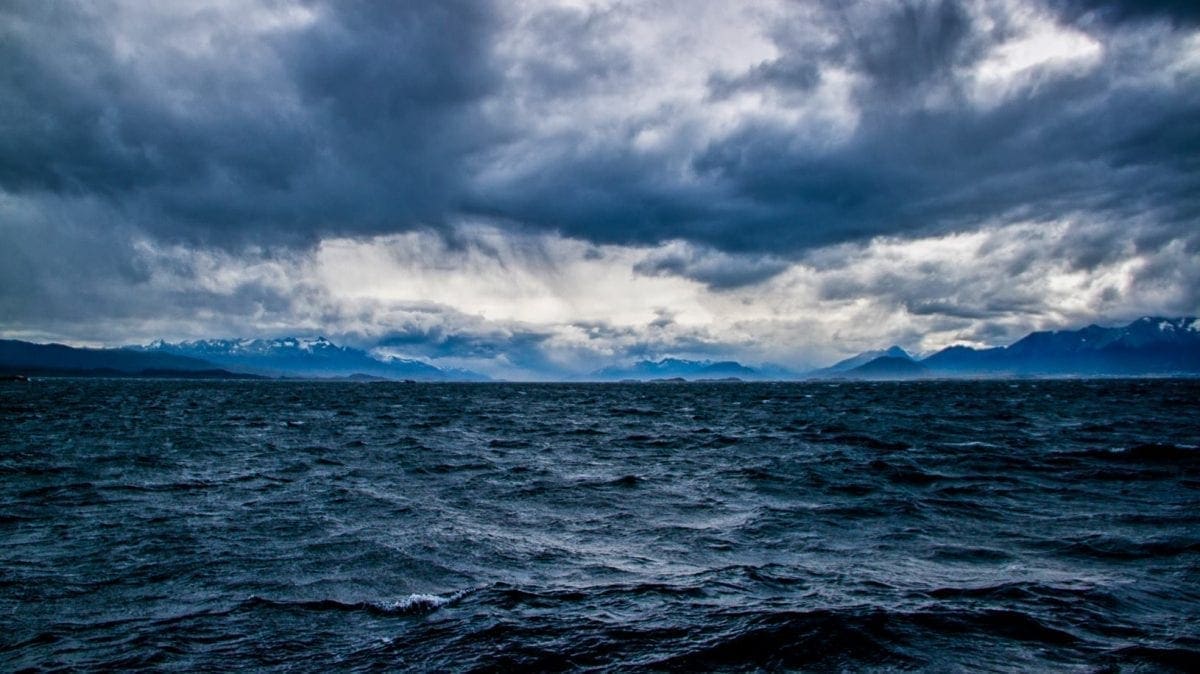A nutshell.
This is the size of the tiny sailboat with which I decided to tackle the Beagle Channel, in Ushuaia, la fin del Mundo.
Four passengers plus a skipper-narrator. This was the entire crew of the Santa Maria. We wear yellow oilskins, a size too big even for a person two metres tall. Immediately, I imagine a past as a sea hunter, ready for the daily battle with the dark waves of this place. Because here, the sea is petroleum blue, a deep, icy blue. Our young skipper confirms this feeling by saying: “If you fall into the water, you have about four minutes before you freeze to death.” How not to think of Jack on that wooden plank as the Titanic sinks majestically behind him?
It was a unique experience, a forever-lasting emotion. To be at the end of the world (and you feel that there is nothing there), on a sailboat, the size of a bowl, trudging through clouds and waves playing poker.
There are many tours here in Ushuaia – the southernmost city in the world. All you have to do is to decide the route, the type of boat and the budget.
You can go to the Pingüinera and spend a couple of hours surrounded by penguins or visit the Parque Nacional Tierra del Fuego. Or go to the lighthouse known as Fin del Mundo in the Beagle Channel or to Isla de Los Lobos, the island of sea lions.
Ushuaia
Ushuaia no longer has anything of the outpost that my imagination held in ignorance. As soon as you arrive at the airport, you feel it. The airport is an all-wood building that looks more Scandinavian than Argentinean. And the fact that you get there by a scheduled flight might have been a clue. Even the houses aren’t anymore what they used to be. Populated by tourists, they hide every convenience of our times.
Despite this – or because of this – Ushuaia is a place to visit.
Because of the beauty of nature.
Because of the human contamination that evolves and never stops.
Because of that feeling, dramatic and precise, of really being at the end of the world.


